The Browns mailbag is back and we're locking it down for Wednesdays going forward.
We were overwhelmed with a number of good questions in our first request for queries, and we're definitely going to address some of them in future editions. Keep 'em coming and we'll try to keep pace.
Onward!
With the offensive line getting more depth, will the Browns look to run more? - Adam G., Akron
The Browns haven't hid from the fact that depth along the offensive line was a major hindrance to the offense throughout the second half of 2014. It's hard to replace a Pro Bowl center like Alex Mack, but the rotating cast of replacements and subsequent injuries only made it an even tougher task. In the five games with Mack, the Browns averaged 146.4 yards per game, a figure that would have ranked third in the NFL had it held. It didn't, of course, as the Browns gained no more than 69 yards in the three games after Mack's injury and finished the season with an average of 108 per game, a total that ranked 17th.
Before the draft, the Browns boasted a projected starting offensive line -- Joe Thomas, Joel Bitonio, Mack, John Greco and Mitchell Schwartz -- that was arguably among the NFL's best. Still, the Browns saw an opportunity to not only improve depth but also instill competition among the first-teamers, particularly on the right side, and added the versatile Cameron Erving with the 19th overall pick. On top of that, the Browns return Ryan Seymour, who picked up valuable experience during Mack's injury, and Anthony Bowie, a former starter with the Seahawks, among others. Suddenly, it doesn't seem like one or even a couple of injuries would derail Cleveland's offensive goals.
The Browns ranked sixth in the NFL in rush attempts in 2014. Of the five teams ahead of them, three -- Cincinnati, Dallas and Seattle -- made the playoffs. As much as it's relayed to us that the NFL is a passing league, the numbers indicate a strong running game is still part of a winning formula. New offensive coordinator John DeFilippo liked what he saw enough from the Browns running game in 2014 that he's keeping a lot of what worked, specifically when it pertains to the offensive line's zone blocking. Throw in a group of running backs that is among the youngest and freshest in the NFL and an organization that constantly touts how it is building around the quarterback, and there's strong reason to believe Cleveland will, at a minimum, maintain its already heavy emphasis on running the ball.
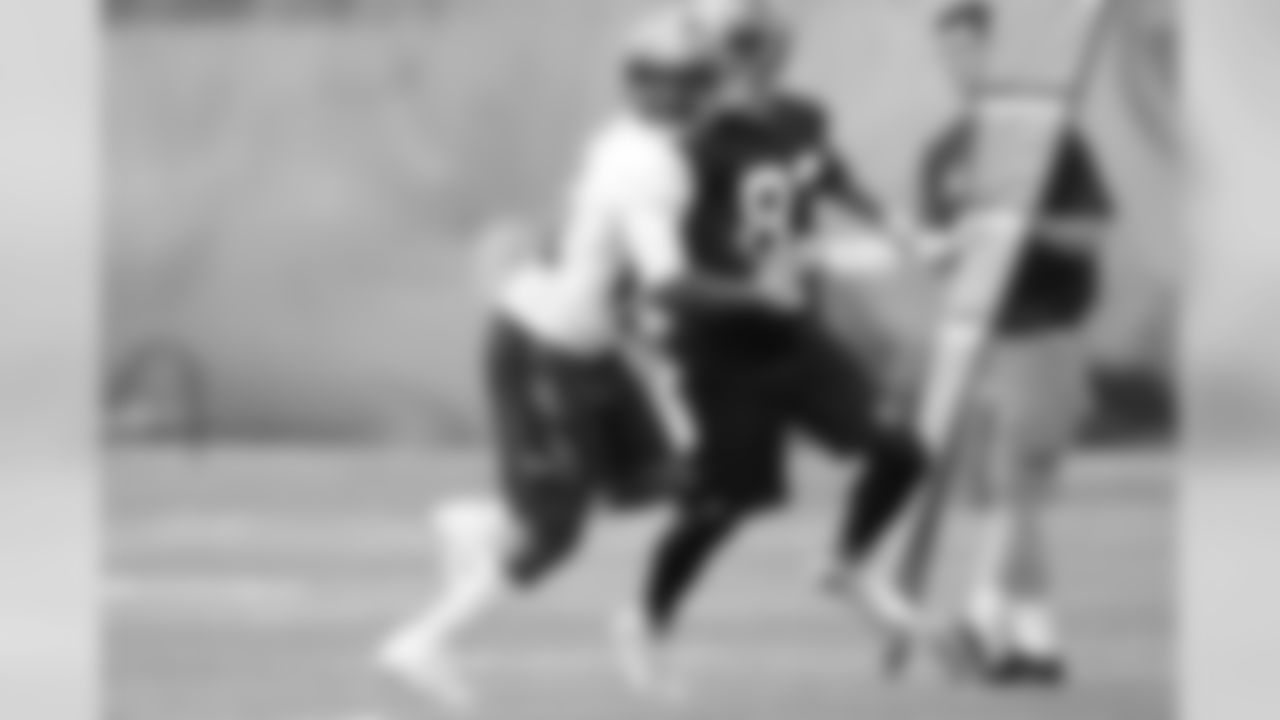
Defensive back Justin Gilbert (21) covers wide receiver Brian Hartline (83) during the Browns OTA on May 26.
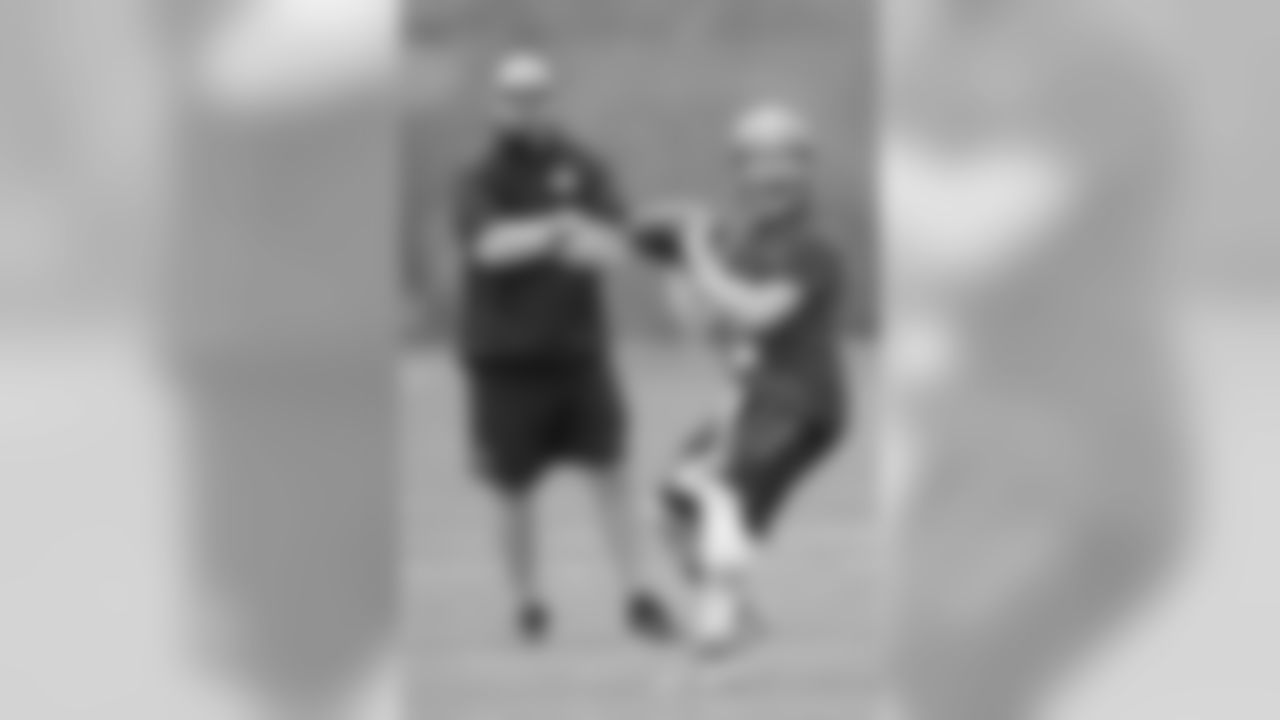
Head coach Mike Pettine looks on as quarterback Johnny Manziel drops back to pass.
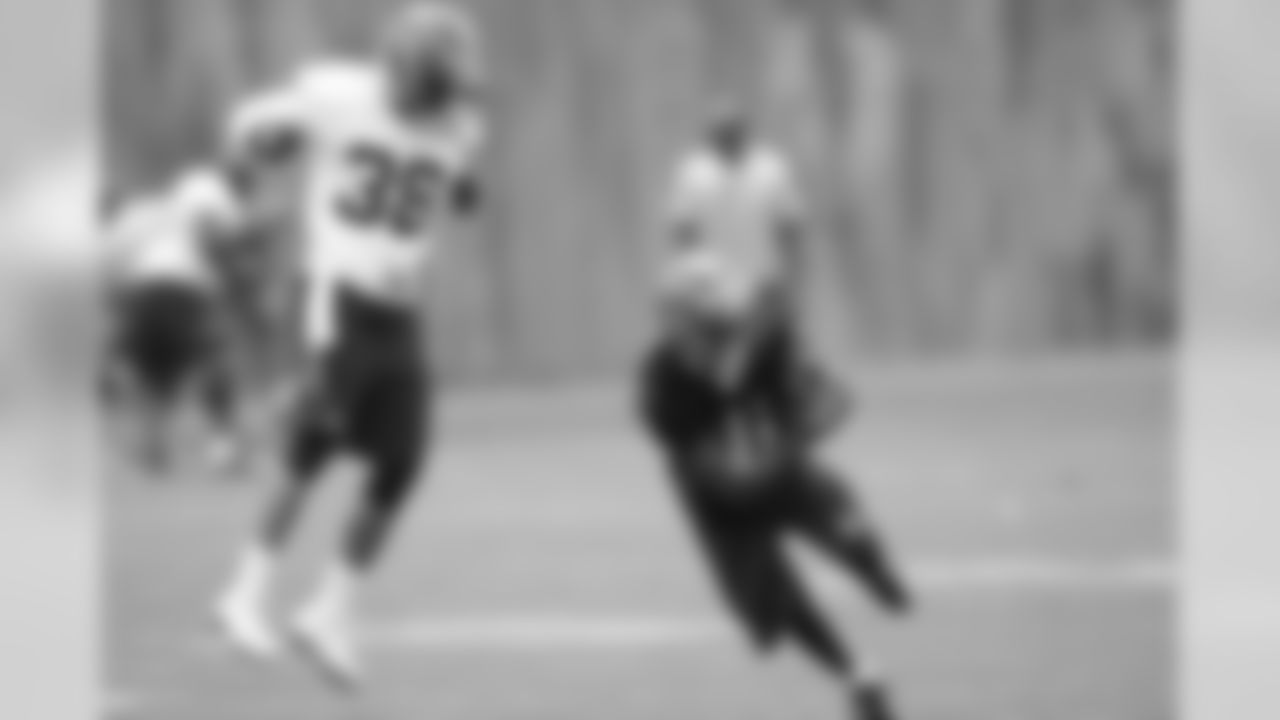
Wide receiver Travis Benjamin (11) runs with the ball, trailed by defensive back Micah Pellerin (38).
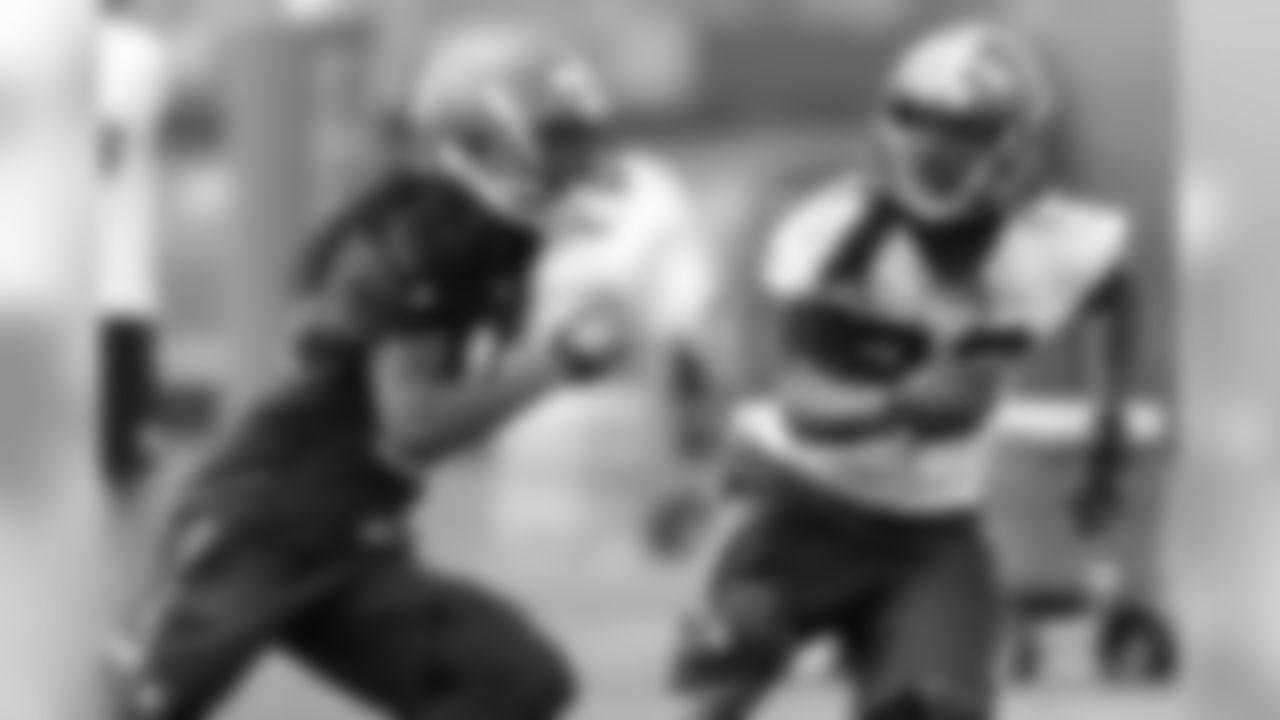
Defensive back Tramon Williams (22) covers wide receiver Travis Benjamin (11).
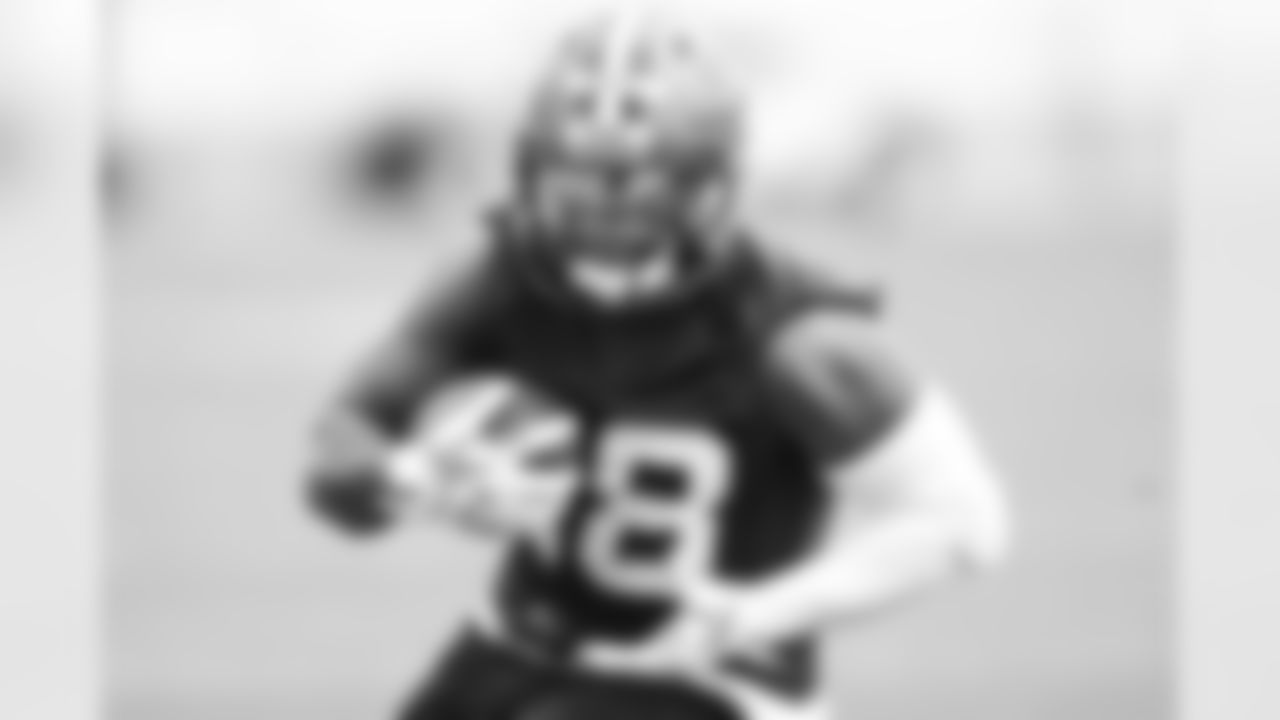
Running back Terrance West runs with the ball during the first Browns OTA of the 2015 season.
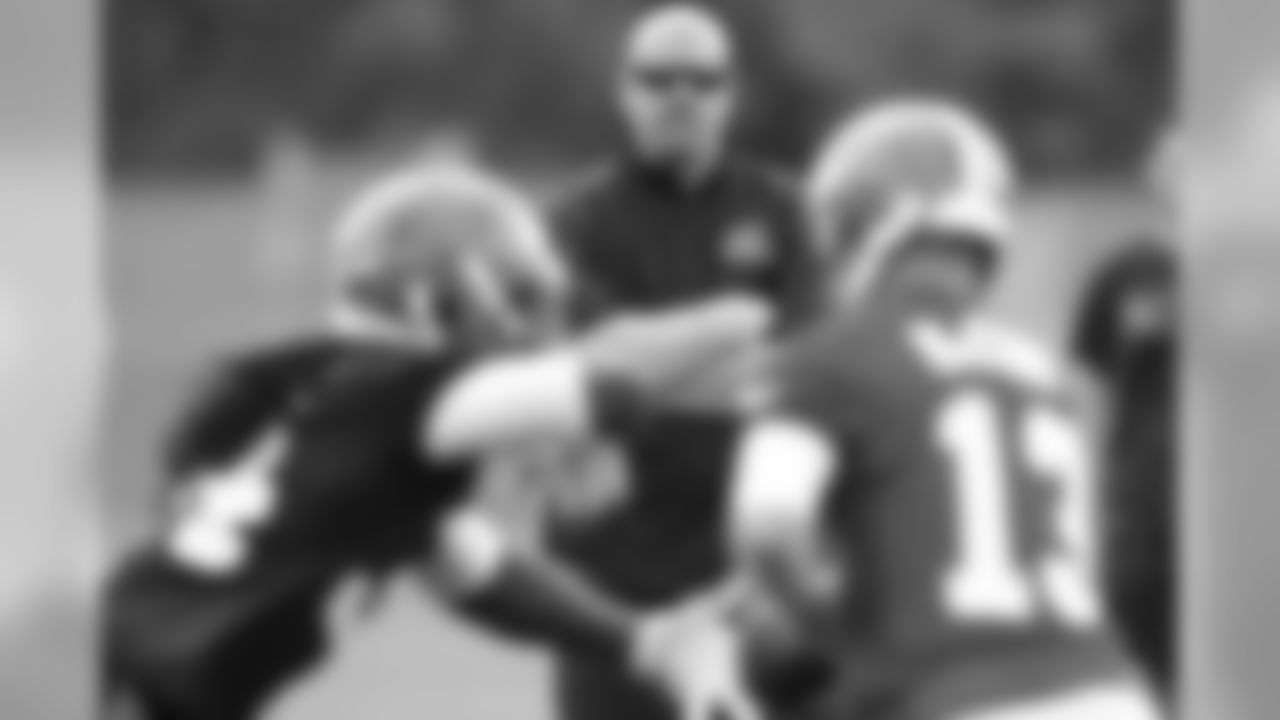
Head coach Mike Pettine watches as quarterback Josh McCown (13) hands off to running back Isaiah Crowell (34) during drills.
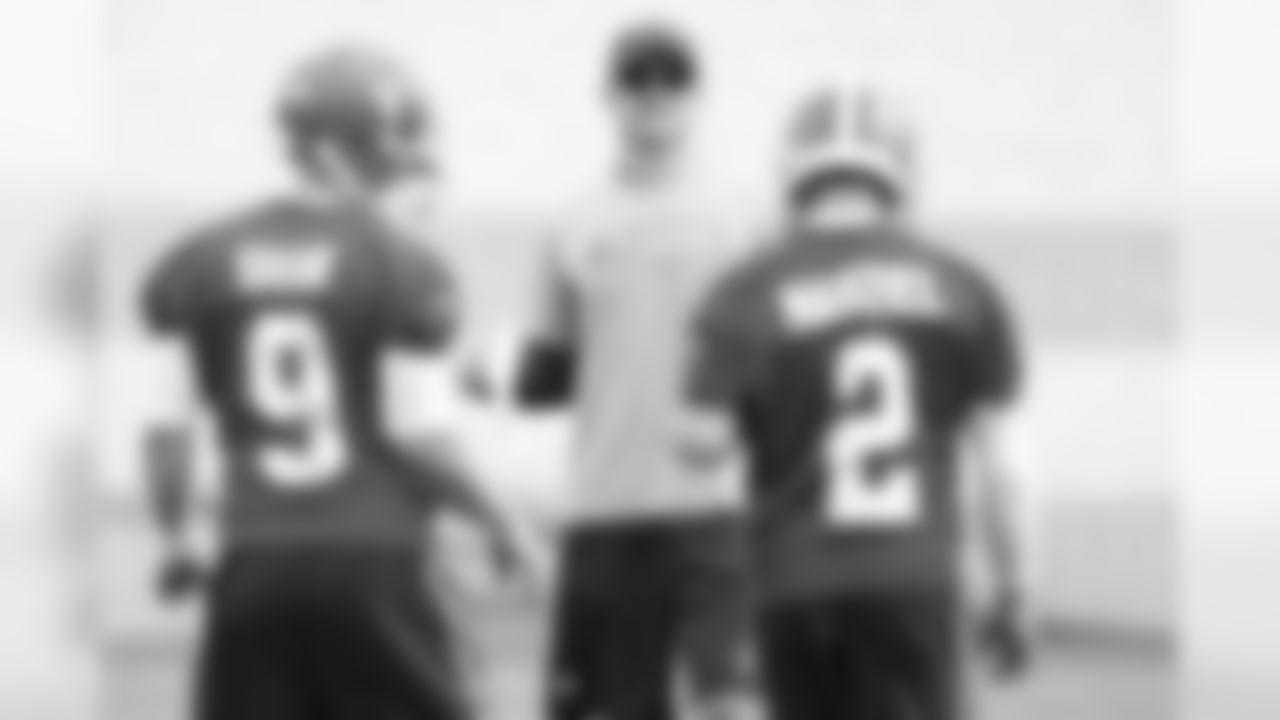
Quarterbacks coach Kevin O'Connell talks to quarterbacks Johnny Manziel (2) and Connor Shaw (9).
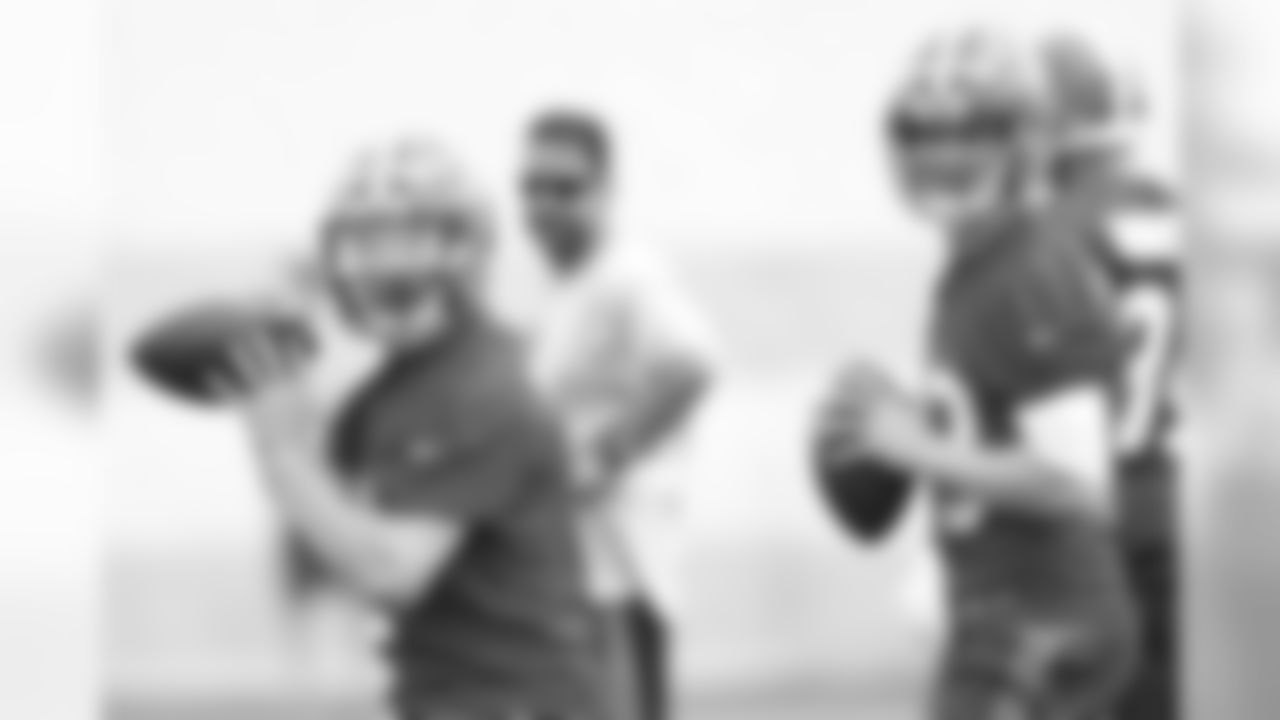
Quarterbacks Johnny Manziel (2) and Josh McCown (13) participate in the first Browns OTA of the 2015 season.
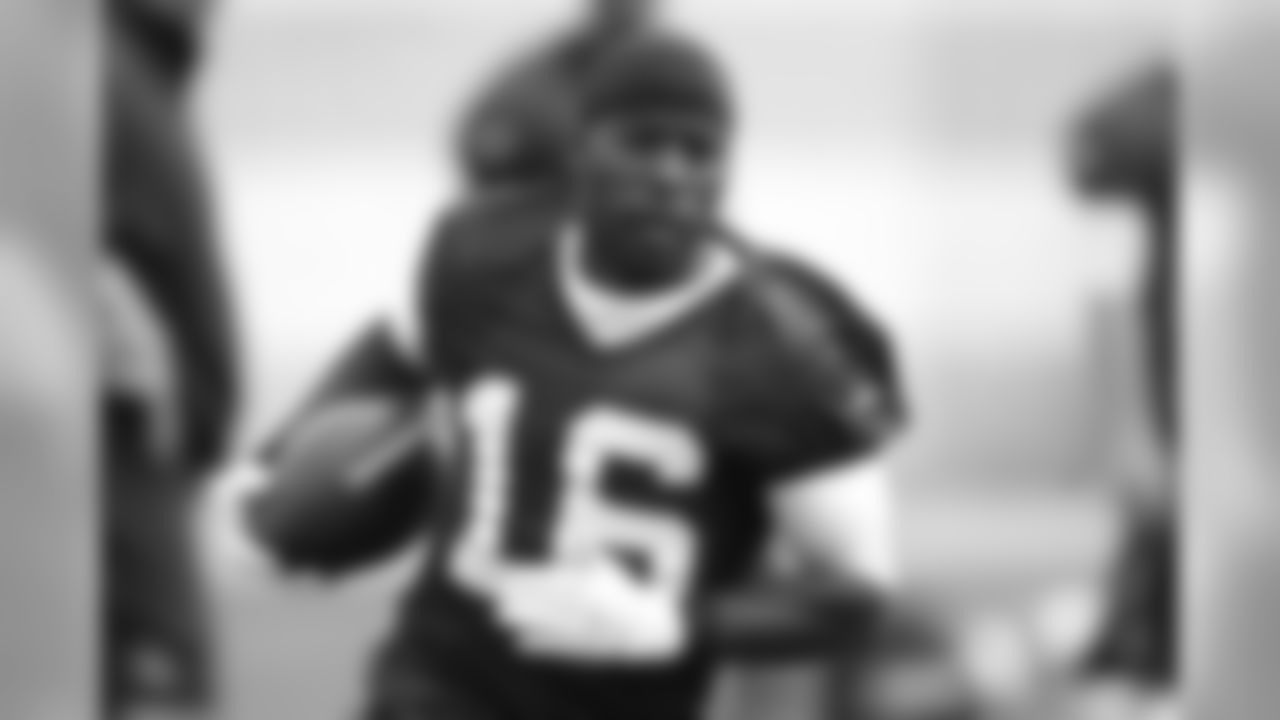
Wide receiver Andrew Hawkins runs with the ball during the first Browns OTA of the 2015 season.
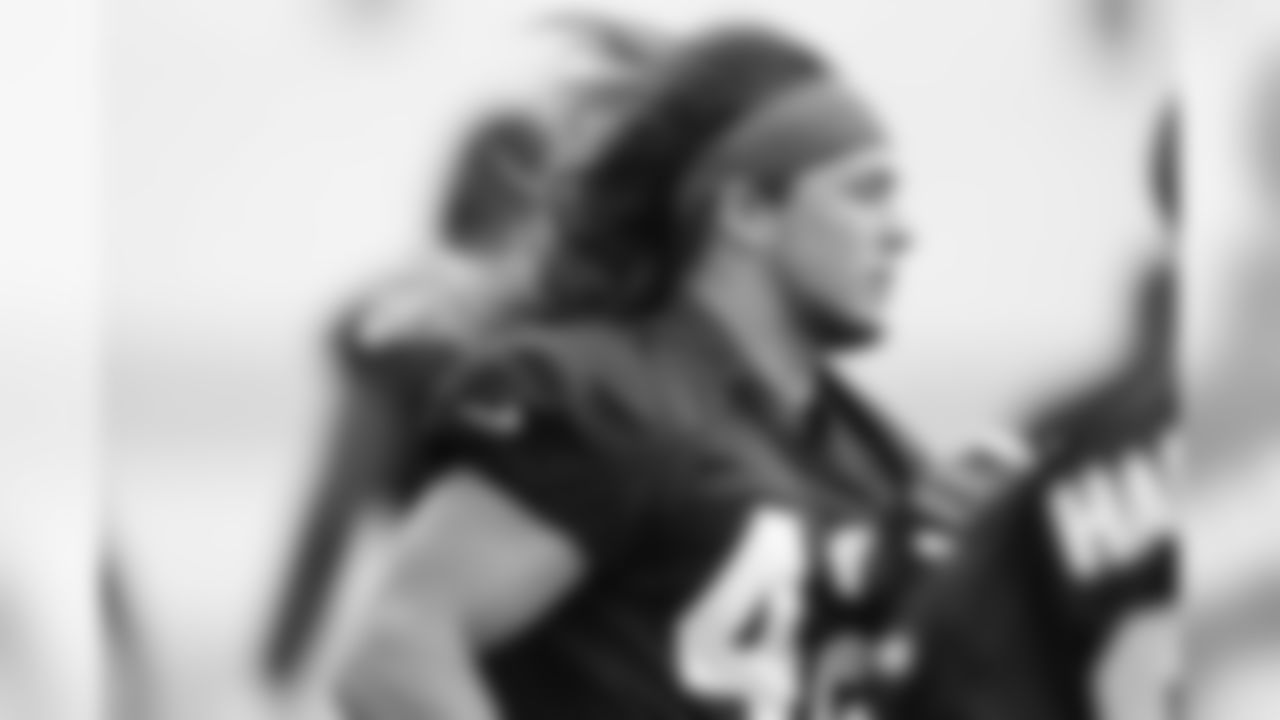
Running back Luke Lundy (42) runs during the first Browns OTA of the 2015 season.

Quarterback Johnny Manziel sets to throw.
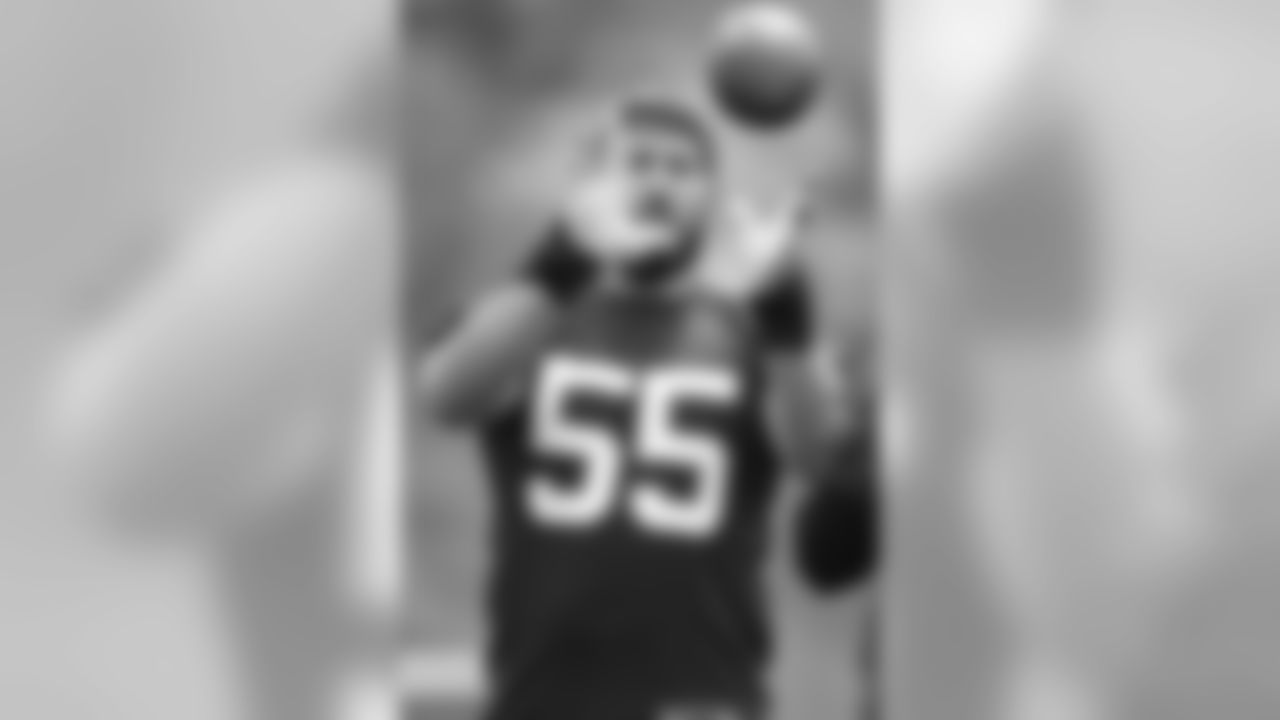
Offensive lineman Alex Mack catches a ball during the first Browns OTA of the 2015 season.
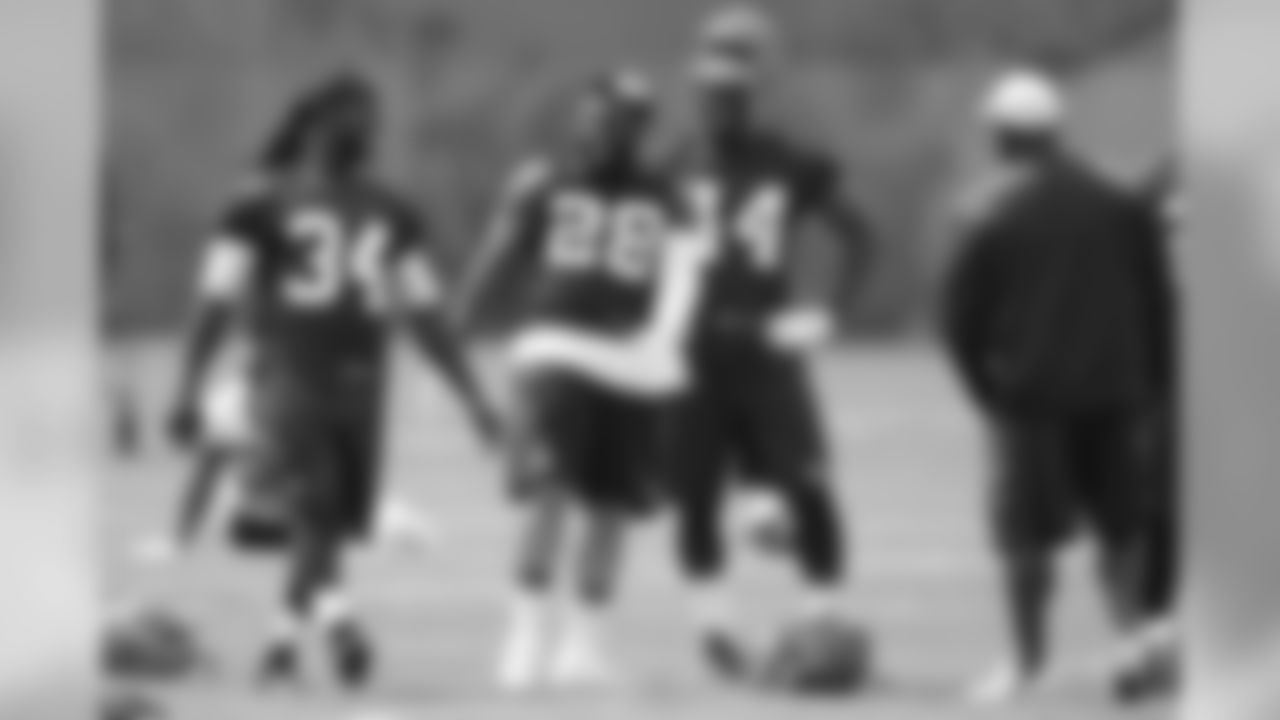
Running backs Isaiah Crowell (34), Terrance West (28) and fullback Malcolm Johnson (44) interact during the first Browns OTA of the 2015 season.
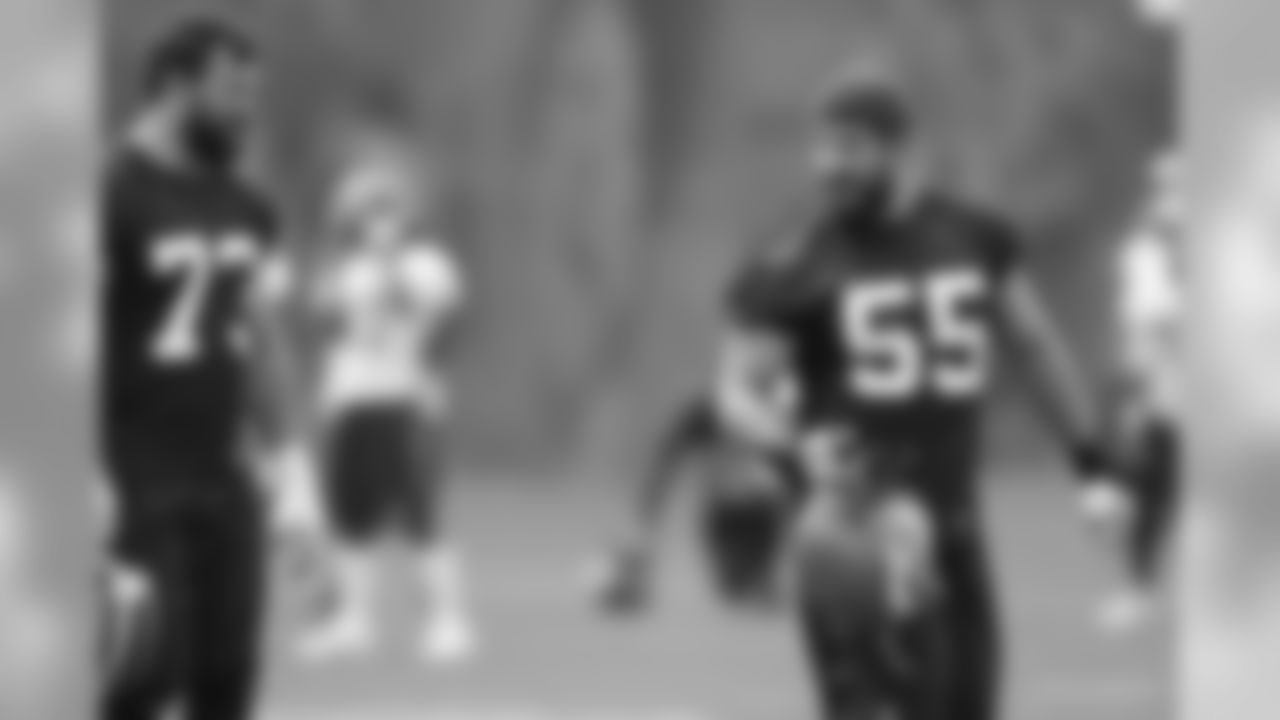
Alex Mack (55) talks to Joe Thomas (73) at the first Browns OTA of 2015.
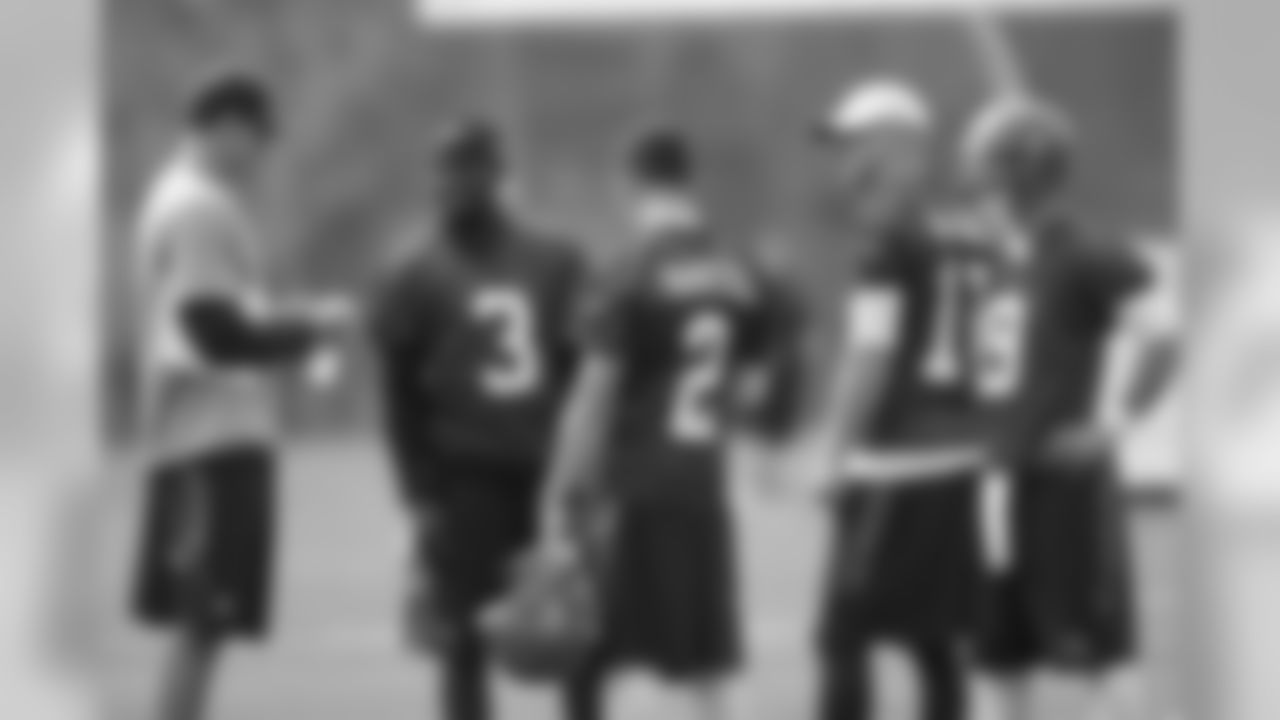
Quarterbacks Thaddeus Lewis (3), Johnny Manziel (2), Josh McCown (13) and Connor Shaw (9) prepare for drills.
Gribbs, do you think Duke Johnson can be a starting RB for this team? What does he bring to the table that Crow and West don't? -- Eric S., Brunswick
Does he have the potential to be a starting running back in the NFL? Sure. Does he need to be in order to consider his first season in the NFL a success? Not at all.
Johnson was the bell cow for a Miami team that didn't quite have the talent synonymous with recent eras. He averaged more than 18 carries as a junior and cleared 20 on five occasions. He was the heart and soul of a Hurricanes offense that wasn't blessed with great quarterback play. Certainly, if the Browns wanted to feed the ball to him that much, he'd be up for the challenge. But that's not what's needed at all, as the Browns hope to maximize his strengths as a change-of-pace option to Terrance West and Isaiah Crowell, both of whom fall more into the category of "traditional running back."
DeFilippo, Mike Pettine and Ray Farmer have all lauded Johnson's ability to catch passes, and that's one area where he's expected to make an impact on an offense DeFilippo hopes to feature plenty of passes to running backs. West and Crowell will be asked to contribute to this area, too, but Johnson has already shown he can do damage in this facet of the game -- 38 receptions, 421 yards, three touchdowns in 2014. The Browns saw running backs and fullbacks combine for 32 receptions in 2014.
Johnson could also be asked to fill some spots on special teams. Though he didn't return punts in college, Johnson said he'd be game for helping on punts, kicks or wherever else he can make the Browns better. There's strength in numbers to the Browns' running back room, and Johnson's addition made the group stronger.
How has Rob Housler looked in OTAs? Is he fitting in? Is he going to be utilized to his fullest? -- Joe K., Detroit
Housler has been a fixture with the first-team offense and has done a little bit of everything. At Tuesday's OTA, he lined up at a variety of spots, including the outside. This comes after a frustrating season in which he was essentially fazed out of the Cardinals' offense, which doesn't rely much on receptions from tight ends. Housler's skill set differs from Gary Barnidge and Jim Dray, so the three complement each other nicely.
Why are the chinstraps on the Browns helmets white? It sticks out. Everything would look a TON better if the chinstrap matched the face mask. IMO, a small oversight by Nike. -- Mr. Browns Fan, Sacramento
Though it's a subjective opinion, we were still compelled to ask a few questions about this. And we found your answer right in the middle of the NFL rule book.
From Section 4, which covers Equipment, Uniforms and Player Appearance, Article 2:
All players must wear the equipment and uniform apparel listed below, which must be of a suitably protective nature, must be designed and produced by a professional manufacturer, and must not be cut, reduced in size, or otherwise altered unless for medical reasons approved in advance by the Commissioner. During pregame warm-ups, players may omit certain protective equipment at their option, except that helmets must be worn. Helmets, face protectors (a) HELMET WITH CHIN STRAP (WHITE ONLY) fastened and facemask attached. Facemasks must not be more than ⅝-inch in diameter and must be made of rounded material; transparent materials are prohibited. Clear (transparent) plastic eye shields are optional. Tinted eye shields may be worn only after the League office is supplied with appropriate medical documentation and approval is subsequently granted. The League office has final approval. No visible identification of a manufacturer's name or logo on the exterior of a helmet or on any attachment to a helmet is permitted unless provided for under a commercial arrangement between the League and manufacturer; in no event is identification of any helmet manufacturer permitted on the visible surface of a rear cervical pad. All helmets must carry a small NFL shield logo on the rear lower-left exterior, and an approved warning label on the rear lower-right exterior. Both labels will be supplied in quantity by the League office.
The more you know…
Want your question answered in the next Browns mailbag? Submit your question here.














